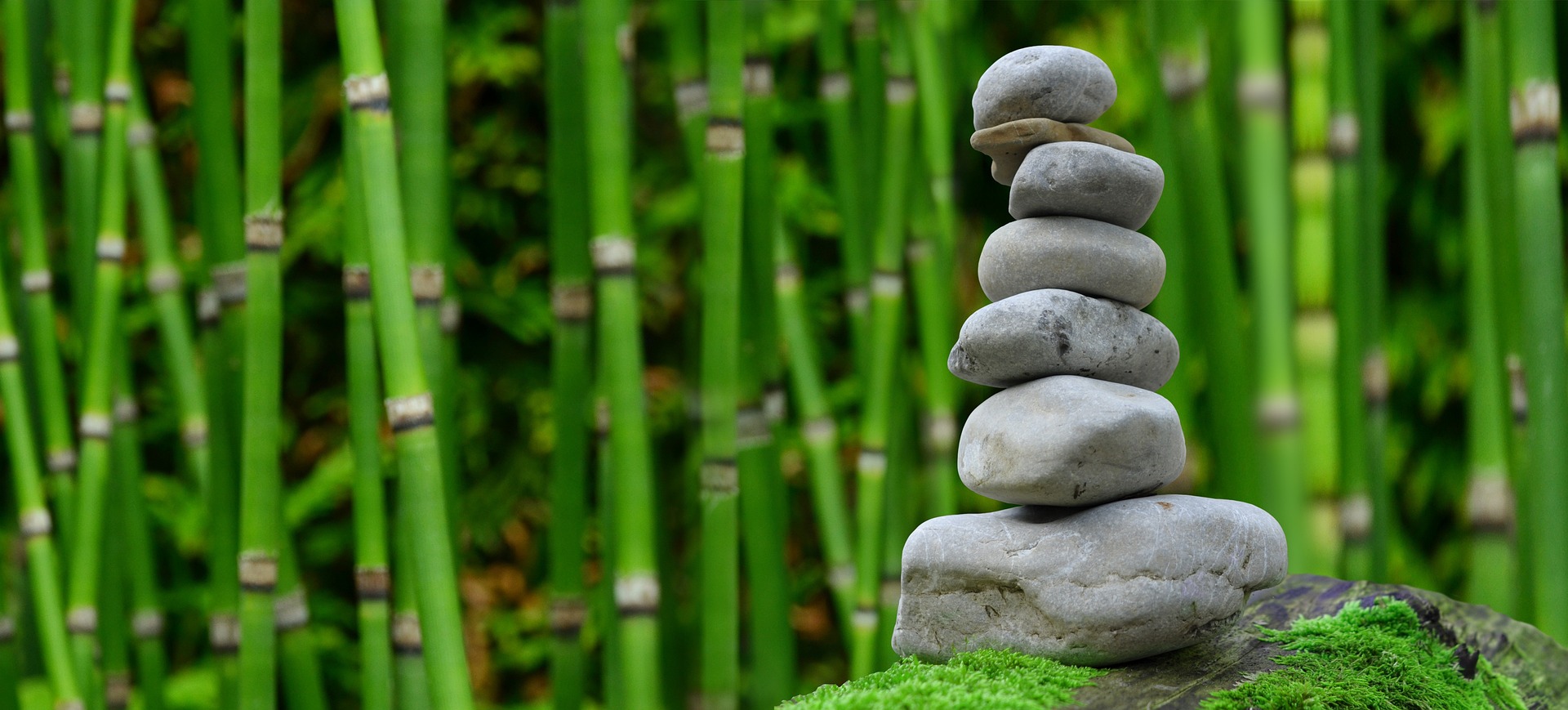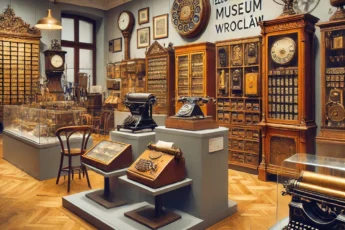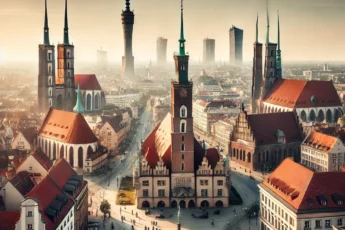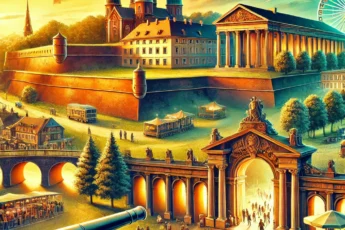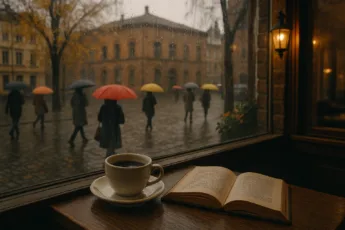Wrocław - a city full of surprising places
Wrocław is a city that attracts tourists not only with its rich history, but also numerous attractions that will allow you to rest and break away from everyday life. One of such places is the extraordinary Japanese garden - an oasis of peace and beauty that will allow you to take a short journey to the culture of the Countryside Country.
History of the Japanese Garden
The Japanese Garden in Wrocław was established on the occasion of the World Expo 1913 exhibition, which took place in today's Szczytnicki Park. The designer of the garden was the Japanese architect of Mankichi Arai, who took care of recreating the atmosphere of his native country in the Polish city. For years he underwent numerous renovations, the last of them took place in 1997.
Garden characteristics
The Japanese garden has an area of about 1 hectare and combines the features of traditional Japanese landscape gardens. His design is based on three basic elements: water, stones and vegetation.
1. Water: Pond and streams
Water is one of the main elements of the garden that gives a sense of peace and harmony. The pond, surrounded by stones and plants, is the heart of the garden. Waterfalls, streams and stone bridges above them add charm to this place.
2. Stones: forms and systems
Stones are an inseparable element of the Japanese garden, they have a decorative and symbolic function. In the Japanese garden you can find various stone systems and unique rock forms.
3. Vegetation: trees, shrubs and flowers
Plants in the Japanese garden form a diverse landscape. We find here both deciduous and coniferous trees, as well as various bushes and flowers. Rhododendrons, azaleas and peony are particularly popular. In the spring, the park impresses with flower -vigorous cherry and magnolia.
Attractions and curiosities
The Japanese Garden is a place that is worth visiting not only because of its beauty, but also to numerous attractions that are waiting for tourists.
1. Japanese architecture
In the garden there are buildings in a traditional Japanese style. Among them, it is worth mentioning the tea pavilion, which is an ideal place for tasting traditional Japanese tea, or a pebble garden, where you can learn the meditative art of stacking stones.
2. Sculptures and decorative elements
Various sculptures, lanterns and other decorative elements make the garden full of surprises. It is worth paying attention to a stone pagoda and wooden fences and gates that complement the landscape.
3. Events and events
Numerous cultural events such as concerts, calligraphy workshops and Bonsai art shows are also organized in the Japanese garden. It is worth checking the calendar of events so as not to miss any opportunity to spend time in the inspiring environment.
Practical information
When visiting the Japanese garden, it is worth remembering a few practical issues.
1. Opening hours
The garden is open to visitors from spring to autumn. Opening hours may vary depending on the season, so it's worth checking the current information before visiting.
2. Tickets
Admission to the Japanese garden is paid. Tickets can be purchased before entering the garden or online. Rourse tickets for children, students and seniors are also available.
3. Location
The Japanese garden is located in the Szczytnicki Park, near Hala Stulecia and the Zoological Garden. You can get there by public transport using trams or buses.
Japanese Garden - an ideal place to relax and contact nature
When visiting Wrocław, it is worth booking time for a visit to the Japanese garden. This unique place will allow you to break away from the hustle and bustle of the city and feel the spirit of Far Eastern culture. Regardless of whether you are a lover of Japanese tradition or just want to relax in a beautiful environment, the Japanese garden will certainly meet your expectations.
